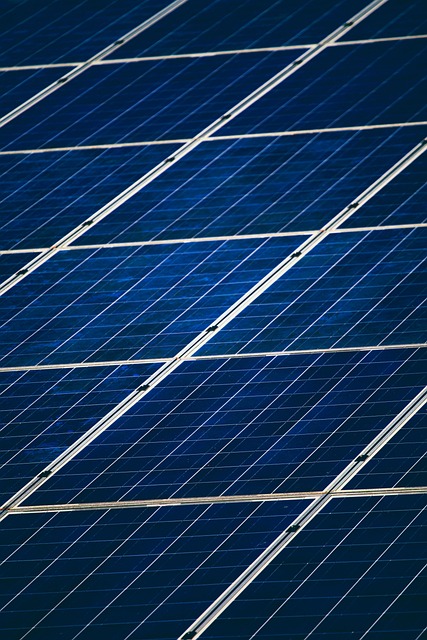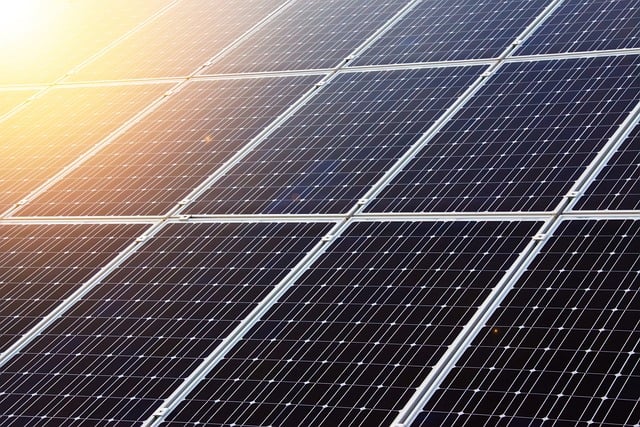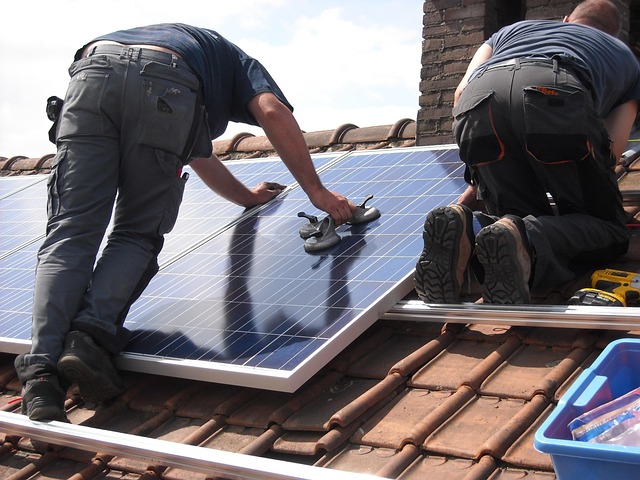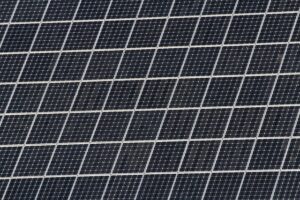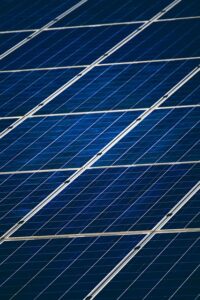Solar Panels: Your Passport to Sustainable Living
The world is experiencing a significant shift toward sustainable practices. With the looming threat of climate change and the depletion of natural resources, more individuals and businesses are seeking ways to minimize their carbon footprint. One of the most effective solutions available today is solar energy, and specifically, the adoption of solar panels. This article delves into solar panels as your gateway to sustainable living, exploring their benefits, functionality, installation processes, and the broader implications of embracing solar energy.
Understanding Solar Panels
Solar panels, also known as photovoltaic (PV) panels, convert sunlight into electricity. They consist of numerous solar cells made from materials such as silicon that generate direct current (DC) electricity when exposed to sunlight. This electricity can then be converted into alternating current (AC)—the kind used in homes—via an inverter. This technology enables homeowners and businesses to harness the sun’s renewable energy and power their daily activities while reducing reliance on fossil fuels.
The Science Behind Solar Energy
The primary mechanism through which solar panels operate is the photovoltaic effect. When sunlight hits the solar cells, it excites electrons, creating an electric current that can be harnessed. The efficiency of this process depends on factors such as the type of solar panel, the angle of sunlight exposure, and environmental conditions. Generally, there are two main types of solar panels used today:
- Monocrystalline Solar Panels: Made from a single crystal structure, these panels are highly efficient and take up less space, making them ideal for residential applications where space may be limited.
- Polycrystalline Solar Panels: These panels are made from multiple crystal structures and are typically less expensive than their monocrystalline counterparts, though they often have lower efficiency rates.
The Benefits of Solar Panels
Choosing to install solar panels provides numerous advantages that extend beyond merely saving on energy bills. The benefits include:
1. Environmental Impact
One of the most significant reasons to switch to solar energy is its positive effect on the environment. Unlike fossil fuels, solar energy is a clean source of power that produces no greenhouse gas emissions during operation. By using solar panels, you contribute to the reduction of air and water pollution, helping combat climate change for future generations.
2. Financial Savings
Investing in solar panels can lead to substantial long-term savings on energy bills. Depending on your location and energy needs, solar panels can often reduce your electricity costs by 50% or more. Additionally, many governments offer tax credits, rebates, and incentives to help offset the initial costs of installation, making the switch to solar energy more financially feasible.
3. Energy Independence
Solar panels offer a degree of energy independence. By generating your own electricity, you reduce your reliance on external energy sources and utility companies. This independence can be particularly valuable during times of energy crises or natural disasters when traditional power supplies may be disrupted.
4. Increasing Property Value
Homes equipped with solar panels often have higher property values and appeal to eco-conscious buyers. As solar energy becomes more mainstream, the demand for homes with solar installations is likely to increase. This enhancement in property value presents an attractive prospect for homeowners considering an upgrade.
The Installation Process
The installation of solar panels can be a seamless process if planned correctly. Here are the essential steps typically involved:
Assessment and Planning
Before installation, a thorough assessment of your property is crucial. This process involves evaluating your roof’s orientation, angle, size, and shading. A solar contractor can conduct a location analysis to determine how much solar energy your system can generate and recommend the best type of panels based on your needs.
Choosing a Solar Provider
When selecting a solar provider, it is essential to consider their experience, customer reviews, and ability to provide a customized solution. A reputable company will guide you through every step of the process, from design to installation, ensuring your system is optimized for performance.
Installation
The installation process generally takes one to three days, depending on the size and complexity of the system. During this time, solar panels are mounted to the roof or ground, wiring is connected, and inverters are installed. Once complete, the system is connected to your home’s electrical grid.
Inspection and Activation
After installation, local government or utility inspectors will perform a safety check to ensure the system meets all regulatory standards. Once approved, your solar system can be activated, allowing you to start reaping the benefits of solar energy immediately.
Potential Challenges
While the case for solar panels is compelling, it’s crucial to be aware of potential challenges that may arise:
Initial Costs
The upfront cost of purchasing and installing solar panels can be daunting for many potential users. However, financing options, tax credits, and incentives can help ease this burden, allowing homeowners to invest in their energy future.
Weather Dependence
Solar panels rely on sunlight to generate electricity, which means their efficiency can be impacted by cloudy weather, rain, and seasonal changes. However, modern solar technologies can still generate electricity on cloudy days, albeit at reduced levels, and advancements in battery storage are making it easier to utilize solar energy even when the sun isn’t shining.
Space and Installation Considerations
Not all properties are suitable for solar panel installation. Factors such as roof orientation, shading from trees or buildings, and structural integrity can affect the feasibility of solar panel installation. Potential users should consult with solar professionals to evaluate these factors before making a decision.
The Future of Solar Energy
The future of solar energy is bright. Innovations in solar technology continue to make panels more efficient, cost-effective, and accessible. Energy storage solutions, such as advanced battery technologies, are evolving rapidly, enabling users to store excess energy generated during the day for use during nighttime or inclement weather.
Moreover, the global shift toward sustainability is creating more demand for renewable energy solutions. Governments worldwide are setting ambitious renewable energy targets, which will further drive investments and advancements in solar technology.
Conclusion
Embracing solar energy through the installation of solar panels is a significant step toward sustainable living. By harnessing the power of the sun, you not only save money and enhance your property value but also contribute to a healthier planet. While challenges exist, the ongoing advancements in solar technology and an ever-growing commitment to renewable energy promise a future where solar panels are an integral part of everyday life. Investing in solar energy is not merely a financial decision; it is a commitment to making a positive impact on the environment and securing a sustainable future for generations to come.
